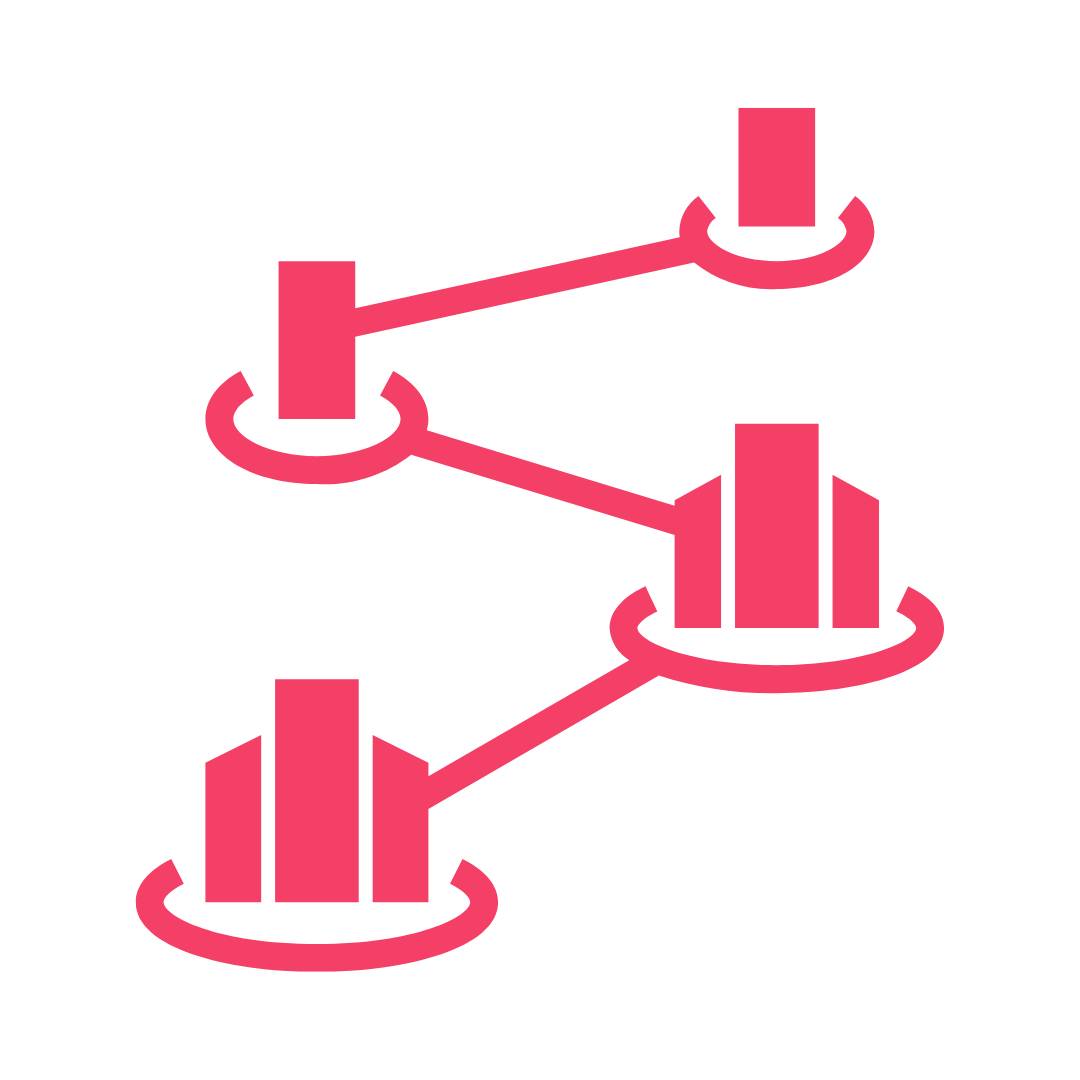Facility management is becoming increasingly complex, especially for multi-site operations in sectors like retail, QSR, and hotels. Rising energy costs, stringent compliance requirements, and the need for consistent occupant comfort demand more than manual oversight and reactive maintenance. This is where IoT plays a transformative role. By integrating connected sensors, smart controllers, and cloud-based analytics, IoT enables facility managers to gain real-time visibility, automate operations, and derive actionable insights that drive efficiency and control costs.
Table of Contents
ToggleThe Role of Facility Managers Today

The scope of facility management has evolved significantly. Facility managers are now responsible not only for maintaining infrastructure but also for driving operational efficiency, ensuring regulatory compliance, managing energy consumption, and enhancing occupant experience. This expanded role becomes particularly challenging in multi-site environments, where consistency and responsiveness are critical.
Traditional tools and manual processes fall short in providing the real-time data and control needed to manage complex systems like HVAC, lighting, and energy infrastructure. Without centralized visibility, facility teams often operate reactively—responding to issues after they occur rather than preventing them. To meet modern needs, facility managers need data-driven insights that support proactive decision-making and remote operations.
How IoT Works in Facility Management
IoT in facility management refers to a network of interconnected devices, such as sensors, controllers, and actuators, that collect, transmit, and analyze data to optimize building operations. These devices monitor parameters like temperature, humidity, energy consumption, and equipment status in real time.
At the core of an IoT-enabled facility is a system architecture where sensors capture environmental and equipment data, which is then transmitted to a cloud-based platform. Advanced analytics engines process this data to identify patterns, detect anomalies, and generate actionable insights. Smart controllers and actuators use these insights to automate responses—adjusting HVAC setpoints, dimming lights, or triggering maintenance alerts.
This closed feedback loop—sensing, analysis, and actuation—enables facility managers to transition from reactive to predictive and autonomous operations. Whether managing a single site or hundreds of locations, IoT ensures scalable visibility and control, reducing manual intervention and improving overall efficiency.
Benefits of IoT for Facility Managers
IoT-enabled facility management systems provide tangible, operational benefits that go beyond simple monitoring. By delivering real-time, actionable insights and enabling automation, these systems empower facility managers to optimize performance, reduce costs, and maintain high service standards, especially across distributed locations. Below are the key advantages:
a) Energy Efficiency and Cost Reduction
IoT systems continuously track energy usage across HVAC systems, lighting, and other equipment. This visibility allows facility managers to identify inefficiencies such as equipment running outside of scheduled hours, unnecessary lighting usage, or overcooling of spaces.
By leveraging data-driven insights, managers can implement targeted energy-saving strategies. Automated control of HVAC and lighting systems based on occupancy or ambient conditions further enhances energy optimization.
b) Predictive Maintenance and Reduced Downtime
Traditional maintenance is reactive, where problems are addressed only after they cause disruption. IoT shifts this model to predictive maintenance by continuously monitoring equipment performance and identifying early signs of failure.
For example, if a rooftop HVAC unit exhibits abnormal vibration or energy spikes, the system can generate an alert before it breaks down. This proactive approach reduces unplanned downtime, extends asset lifespan, and lowers maintenance costs.
c) Enhanced Occupant Comfort and Compliance
Maintaining consistent temperature, air quality, and lighting levels is critical for customer satisfaction and employee productivity. IoT systems ensure that environmental parameters remain within optimal ranges by automatically adjusting settings based on real-time sensor inputs.
In regulated environments, IoT also simplifies compliance by generating audit trails and alerts if thresholds are breached. Facility managers can ensure comfort and regulatory compliance without manual checks, improving service quality and brand consistency.
d) Remote and Centralized Multi-Site Management
Managing multiple locations manually is resource-intensive and inefficient. IoT enables centralized visibility and control through a single, cloud-based dashboard that aggregates data from all sites.
Facility teams can monitor equipment health, energy performance, and comfort conditions in real time, regardless of location. Issues can be diagnosed and addressed remotely, minimizing the need for on-site intervention. This is particularly valuable for businesses with geographically dispersed assets.
Conclusion
As facility operations become more complex, especially across distributed sites, the need for real-time visibility, data-driven decision-making, and automation has never been greater. IoT is reshaping the way facility managers operate by providing actionable insights that drive efficiency, reduce costs, and improve comfort.
By adopting an IoT-enabled solution, facility managers can shift from reactive maintenance and manual oversight to a proactive, centralized approach that delivers consistent performance across locations. With capabilities like predictive maintenance, automated energy control, and remote site management, IoT empowers teams to do more.
Zenatix by Schneider Electric, through its scalable IoT-powered platform, helps organizations achieve up to a 20% increase in energy efficiency and up to a 30% improvement in occupant comfort. Designed for multi-site businesses, the solution simplifies facility management through intelligent automation and actionable analytics on a centralized dashboard.
To stay ahead in a competitive environment, forward-thinking facility managers are turning to IoT as a strategic enabler of smarter, more sustainable operations.




